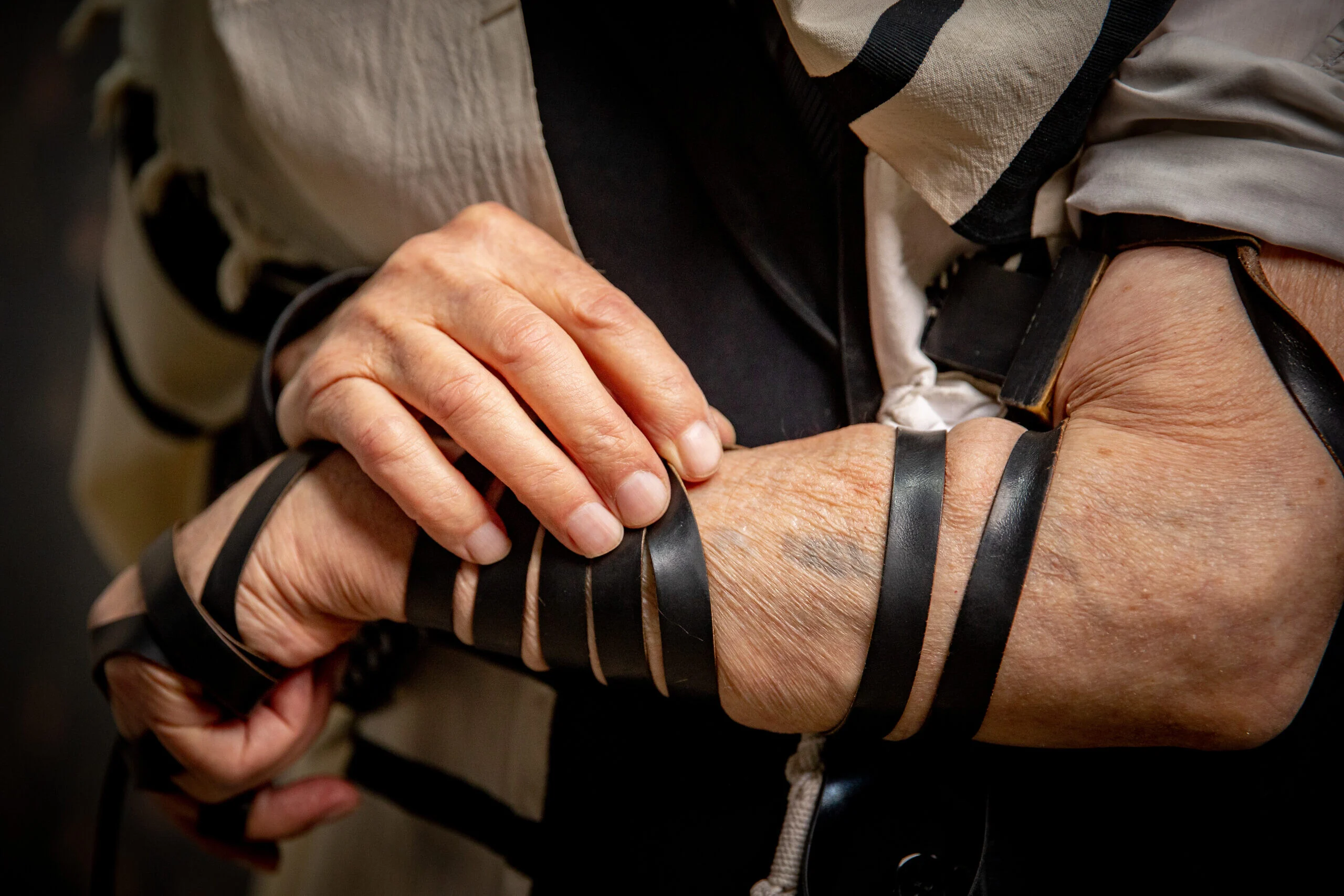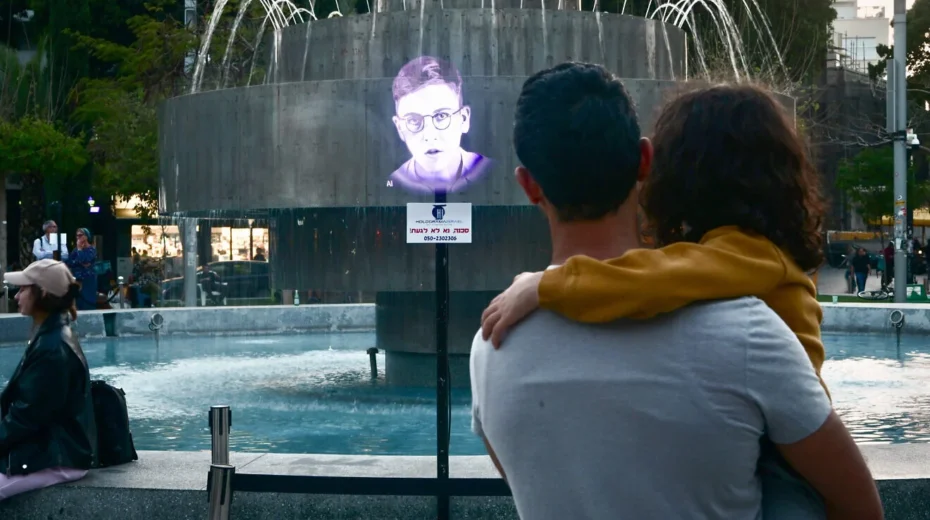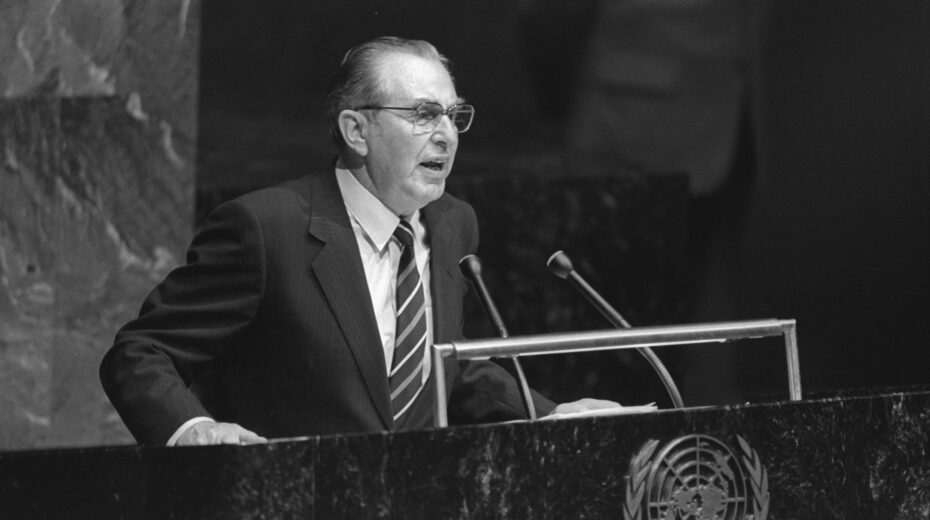A recent report by the Conference on Jewish Material Claims Against Germany (Claims Conference), titled “Vanishing Witnesses”, paints a stark picture: Of the approximately 220,800 Holocaust survivors currently living worldwide, only about 66,250 will still be alive by 2035 – less than one-third of the current number.
The majority of these survivors are of advanced age: the average age is 87, and more than 1,400 of them are already over 100 years old. Nearly half (49%) live in Israel, while another 18% are in North America, particularly in the United States. In Europe, most survivors live in France and Germany.
Gideon Taylor, president of the Claims Conference, emphasizes the urgency of the situation: “Now is the time to hear the testimonies of the survivors, to invite them into our classrooms, houses of worship, and institutions. It is essential that people of all generations learn directly from Holocaust survivors.”
In light of the survivors’ advancing age and the global rise in antisemitism, preserving their stories is of critical importance. Initiatives like the Survivor Speakers Bureau make it possible for survivors to share their experiences with students and the public, both in person and virtually.

Nechama Grossman, aged 110 and living in Israel, is one of the oldest Holocaust survivors, according to her son Vladimir Shvetz. “She endured the worst that humanity has ever produced—and she survived. She raised her children, grandchildren, and great-grandchildren to teach them that unchecked hatred cannot prevail,” said Shvetz. “We must remember her story, the Holocaust, and all the survivors. We must learn from it, so that their past does not become our future.”
Leonard Zaicescu, 98, is one of the last surviving witnesses of the death train from Iași, Romania. “As long as I live and have the strength, I will do everything I can to make sure future generations know what happened—the Iași massacre—and that it remains in the memory of generations to come,” he declared.
The report highlights not only the demographic changes but also the growing needs of the survivors. Many rely on financial support, particularly for nursing care and medical treatment. In 2023, more than 812 million US dollars in aid were distributed worldwide—an increase of nearly 100 million compared to the previous year.















One has to wonder how many of the troops who entered the death camps freeing the survivors are still alive, they too can be witness to what they saw.